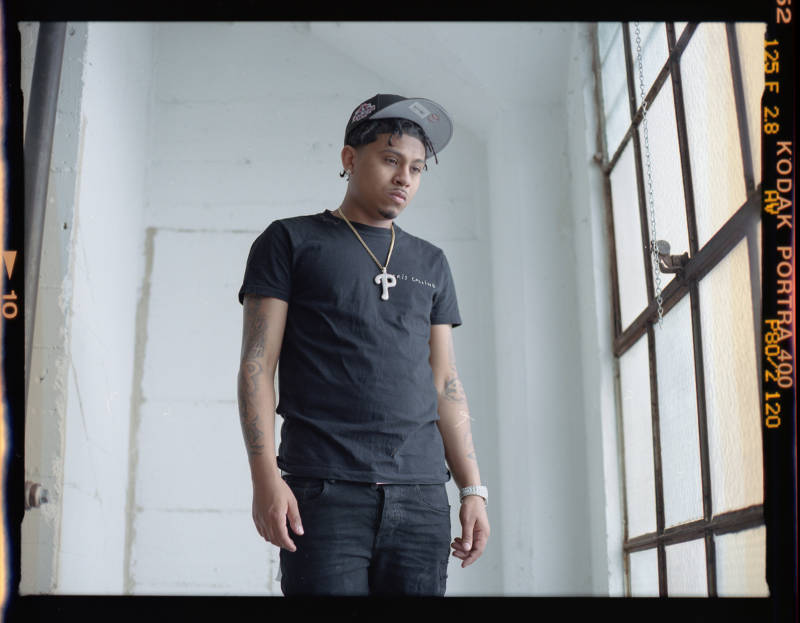Born and raised in San Francisco’s historic Fillmore district, rapper LaPrell Gilton—better known as Lil Pete— joins a lineage of notable artists who call the neighborhood home: Rappin’ 4 Tay, San Quinn and Messy Marv to name a few. Although he’s from the Bay, Lil Pete has worked to make his music bigger than that, not wanting to be pigeonholed as a local rapper.
The themes he touches in his music—like hustling, being on the streets—have an intense openness and honesty sometimes lacking in mainstream rap. The music video for 2017’s “In This Life,” which has over 11 million views on YouTube, depicts poignant scenes of drug addiction, homelessness and the widening wealth gap eating away at the city.
Lil Pete got his start in San Francisco, but it was really after he spent time in New York last year that he began developing the following he has now. There, the rapper collaborated with influential Southern rap artists like Juvenile and Bone Crusher, expanding his audience and his sound.
His older work, like the mixtape I Made a Promise, features the smooth, hyphy-inflected bounce many refer to as a “Bay Area sound.” And on his new album Hardaway, out Sept. 6 via Empire and Pete’s own label, Public Housin’, an amalgamation of melancholic, sing-song lyricism and minimal trap drums lend his storytelling a mainstream, radio-friendly appeal.


